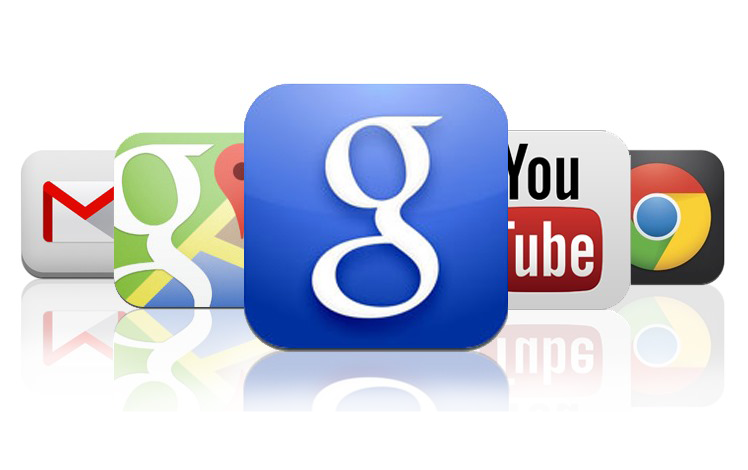
28 Jan Know Before You Download: Avoid Excess Data Usage Charges With This App Database
Data is now almost as precious as gold for the humble mobile device user. Between downloading apps, playing games, watching videos or browsing your favorite websites, your monthly data allowance is probably getting an intense workout, which increases the risk of incurring excess data usage costs.
No one likes surprises, so it has become very important to be mindful of how much data you are using, and where this data usage is coming from. Many apps run in the background, some of which constantly access the cellular network without your knowledge.
If you’re already using tools to monitor and manage your data usage, you’re on your way to avoiding a hefty bill. However, to get a little more proactive, wouldn’t it be great to also know (roughly) how much of a dent an app is going to put in your monthly data allowance before you start using it?
Know My App – Data Usage Database
Realizing that not many people are willing to re-mortgage their house to get that extra 2GBs a month, CTIA, an industry trade group representing the international wireless telecommunications industry, has developed a free web-based service called Know My App that provides information relating to approximately how much data a particular app available on the iOS and/or Android app stores uses.
Nobody can deny the benefit of foresight, and in the case of app data usage, this could come in very handy when trying to reduce or manage your data usage by making you more mindful when using the app or simply persuading you to not use the app at all.
Using this database, users can search by app name, operating system and/or app categories. Once you’ve found the app in question, information regarding how the app was tested and how much data is used is displayed.
The data usage is broken up into 4 scenarios:
- Data usage when the app is downloaded.
- Data usage when the app is initialized.
- Data usage during active run time.
- Data usage during background run time.
It is important to keep in mind though, that the data usage presented is an estimate based on what they believe would be the typical use of the app for the average user. If you’re a lighter than average user or a power user, this data gives you a good indication as to what your data usage will be.
CTIA developed the tool through it’s Application Data Usage Working Group, which includes tech superpowers comprised of Apple, AT&T, Ericsson, HTC America, Microsoft, Sprint and Verizon Wireless. The app data usage benchmark testing was developed by Intertek using AT&T Application Resource Optimizer, an open-source diagnostic tool that captures, analyzes and reports network app data usage to help developers create more efficient apps.
Example: How Much Does Gmail Use?
While we know that checking your emails can be heavy on the data usage, the concern is generally targeted towards those that receive more emails than there are minutes in a day. However, a typical use of Gmail on an Andriod device (as per the test conducted), easily exceeds a 1GB data plan after a month.
The typical daily use was defined as 3 sessions of the following scenario:
- Send 1 message with plain text
- Send 1 message with 1 image/video attachment from library
- 1 user-generated image from scribble feature
- View an inbox message and PDF attachment
- Reply to a message
- Save a draft
- Delete a draft
- View Spam folder
- View Settings menu.
Based on this usage for a month, Know My App reports that Gmail actually chewed through 1498.90mb in a month, which is 73% of a 2GB data plan and used 146% of a 1GB data plan. While this may be way more than your daily usage, it’s still good to know the potential Gmail has for high data usage. For power users, however, it could prompt them to only access Gmail when connected to Wi-Fi or to limit their use of the app to a read only basis (without opening/ downloading attachments).
Limitations and Benefits To The Enterprise
While the apps available to search on the site are currently limited to only the top 50 paid and free apps on the Apple App Store and the Google Play store, as it stands this service offers invaluable information about how an app can affect your data allowance.
The benefits of this service could extend beyond just the individual mobile user to a business or enterprise level. If you’re an IT professional in charge of managing the mobile devices in your company, educating the end users is usually the best way to not only reduce the load on the IT department with regards to support, but also to ensure costs are managed. Arming the end users with knowledge about how much data popular apps use is no different, empowering end users to manage their usage autonomously before a huge bill arrives.
Do you think knowing how much data an app uses will impact how you use the app? Let us know in the comments below!

